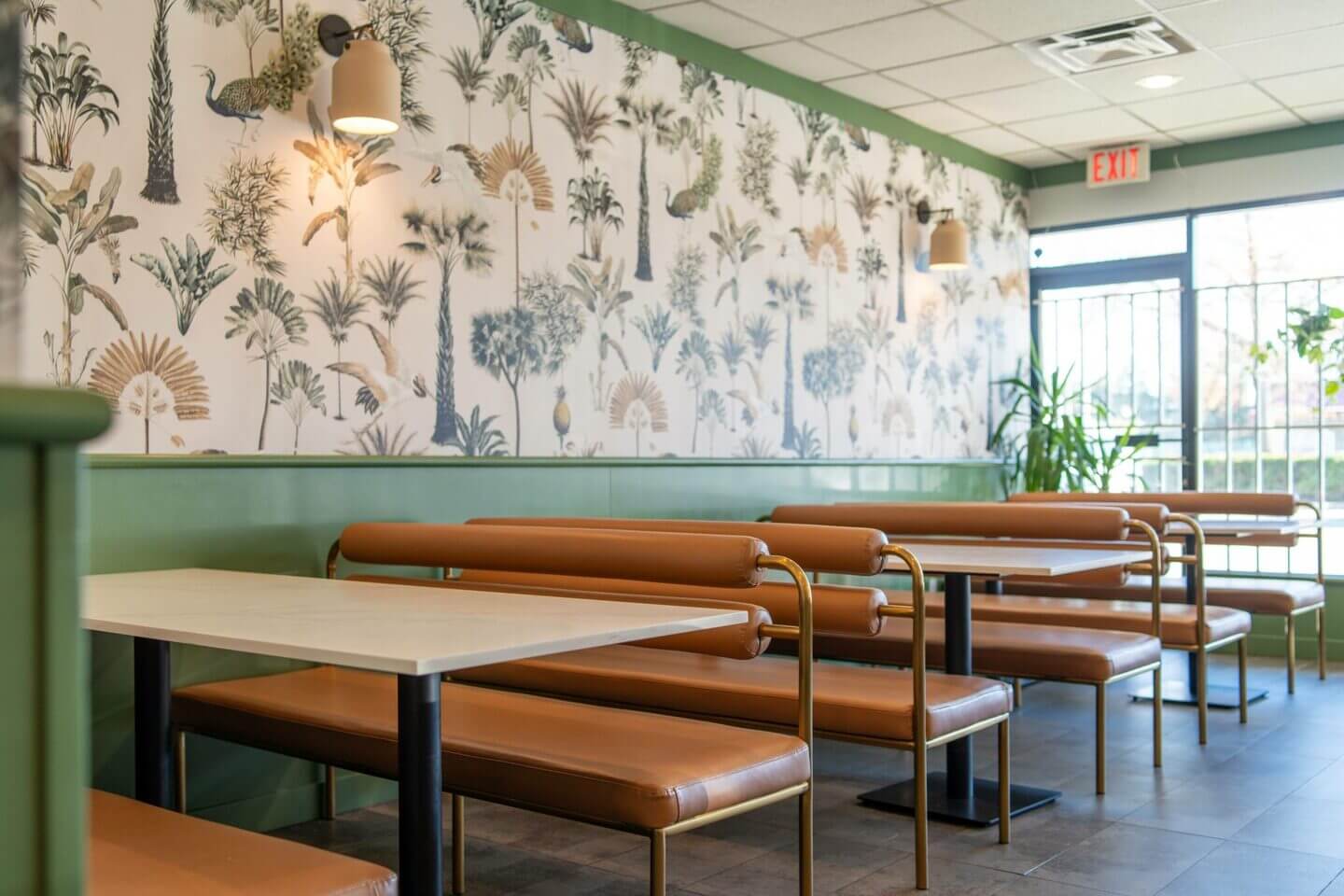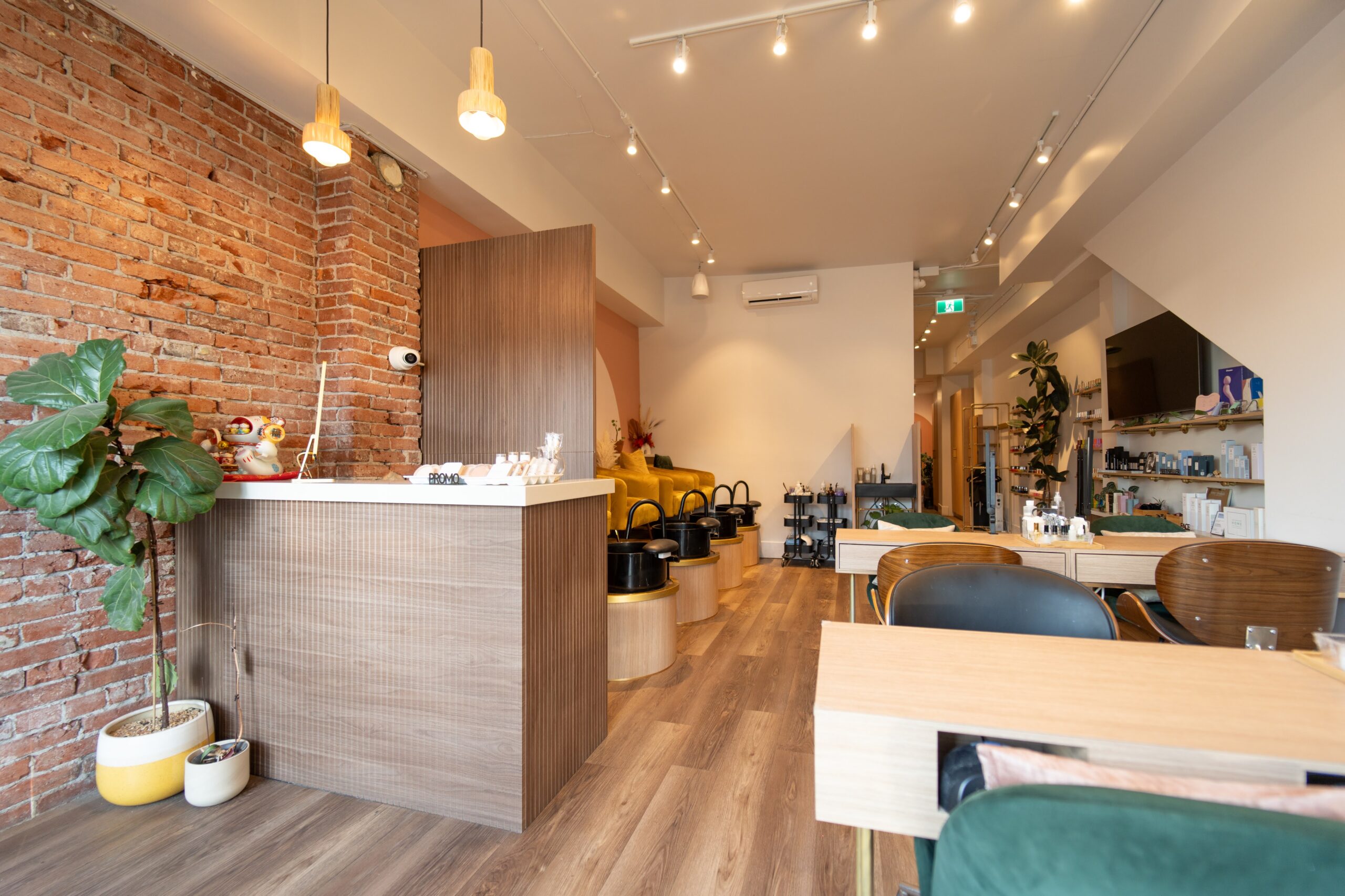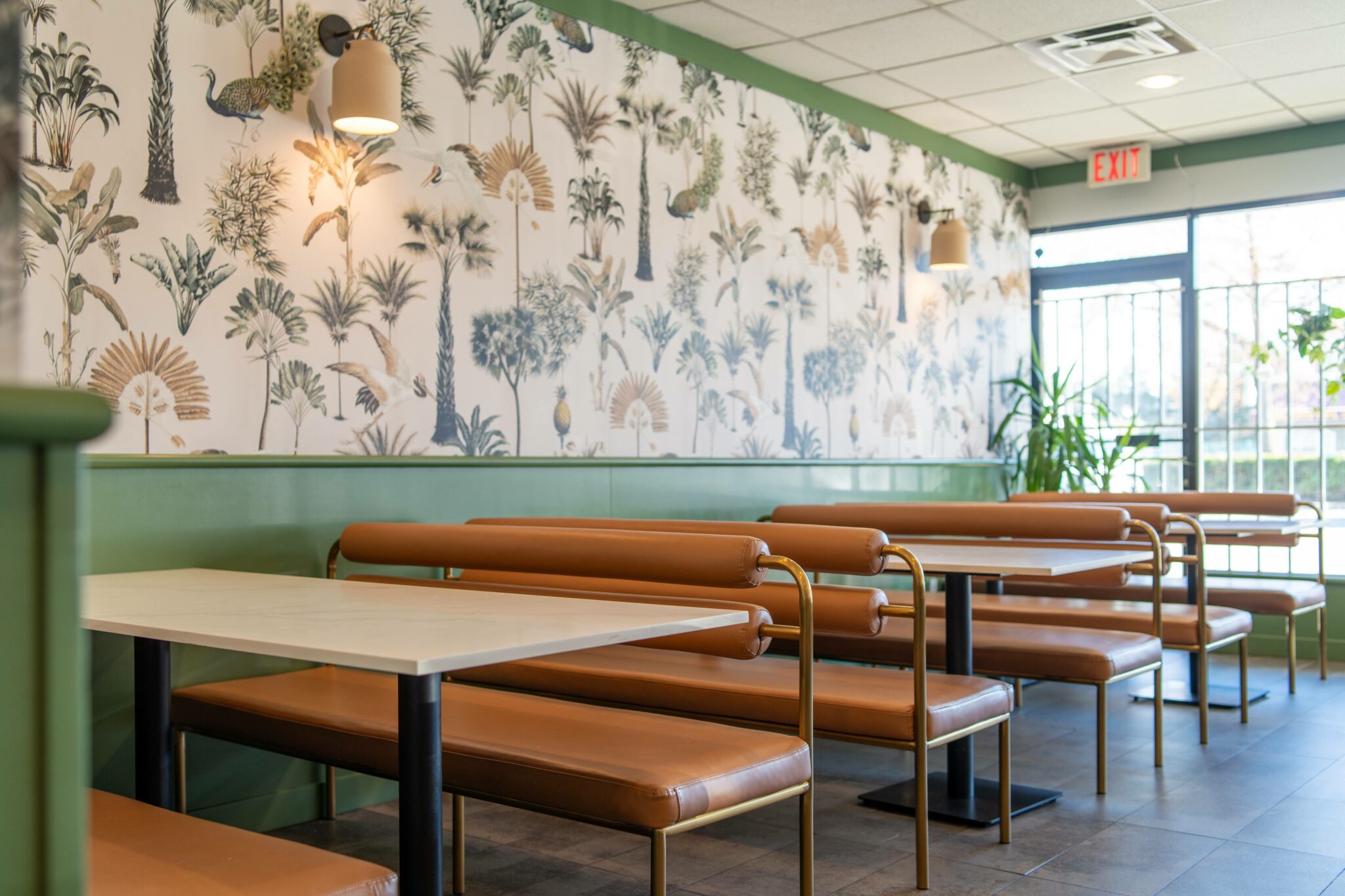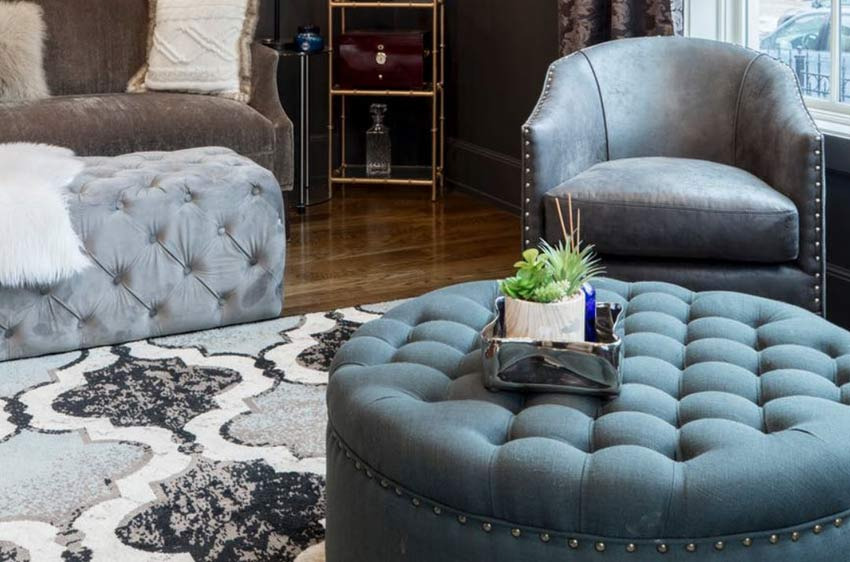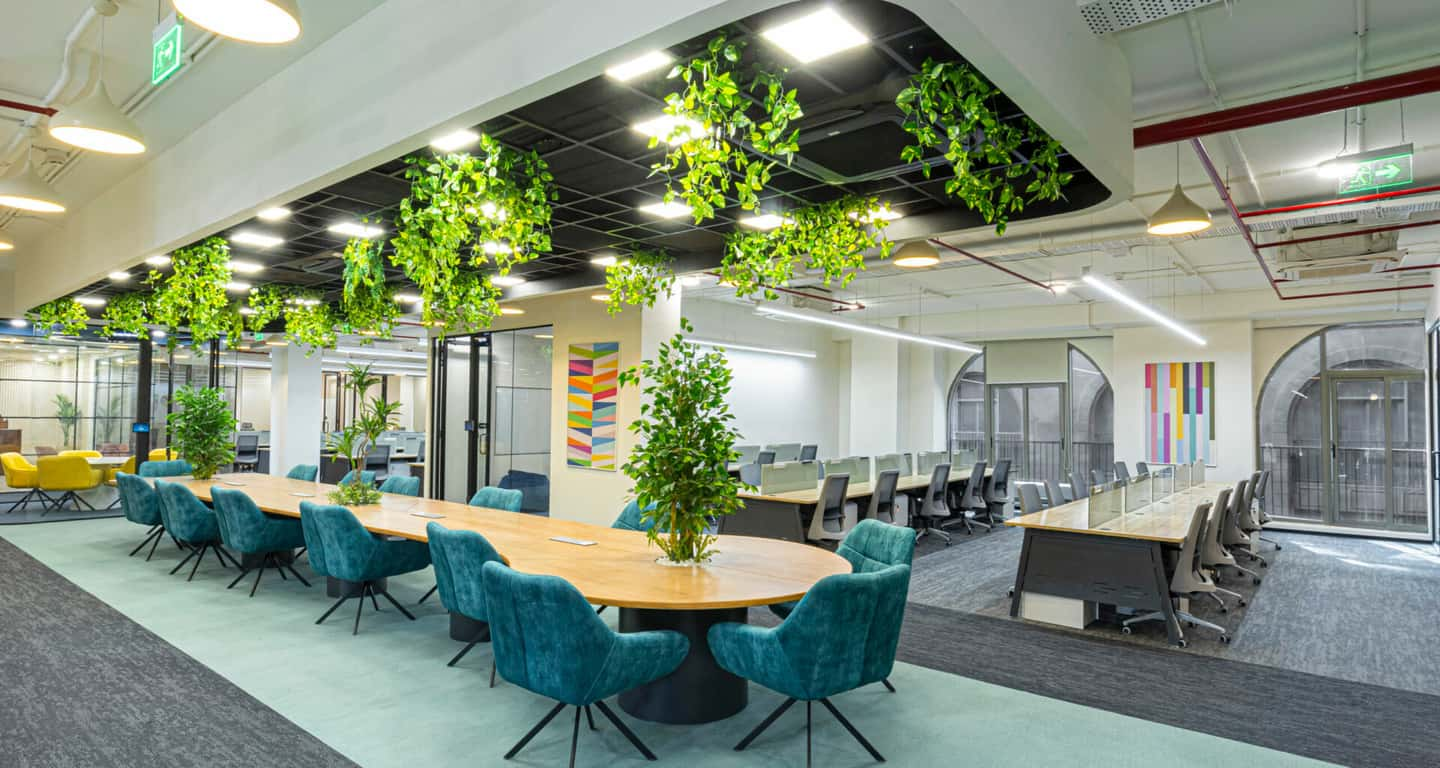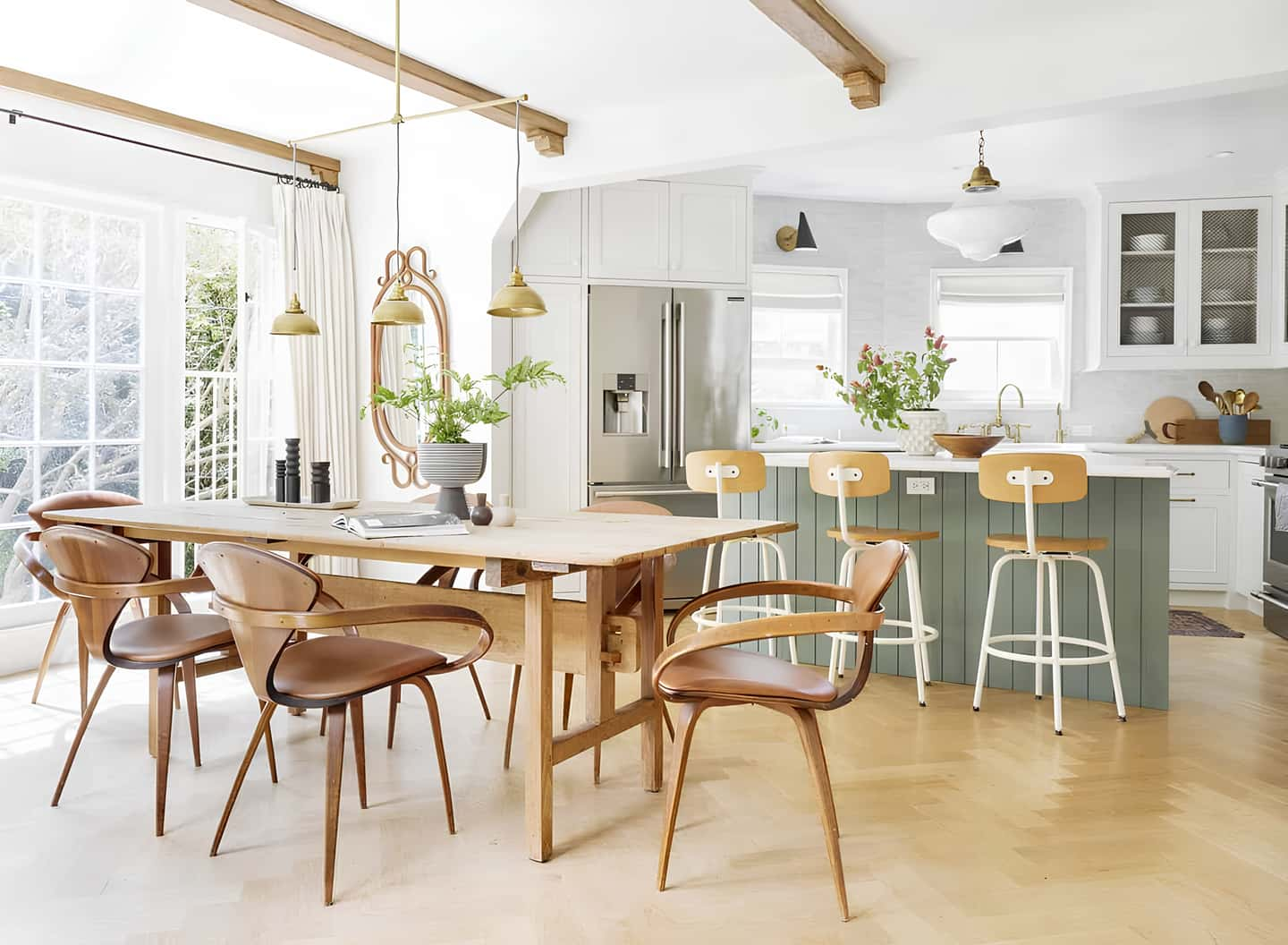As an interior designer passionate about creating beautiful, functional spaces that are also kind to the globe , I’m excited to share my insights on eco-friendly and sustainable interior design. In this guide, I’ll answer common questions, offer practical advice, and share personal stories to help you create a home that’s both stylish and sustainable.
What is eco-friendly and sustainable interior design?
Eco-friendly and sustainable interior design is all about creating spaces that minimize negative impacts on the environment while promoting the health and well-being of the people who inhabit them. This approach considers the entire lifecycle of materials, from sourcing and production to use and disposal, with the goal of reducing waste, conserving resources, and creating a healthier indoor environment.
When I first started exploring eco-friendly design, I was overwhelmed by all the information out there. But as I dug deeper, I realized that making sustainable choices doesn’t have to be complicated or expensive. Small changes, like choosing low-VOC paints or investing in energy-efficient appliances, can make a big difference over time.
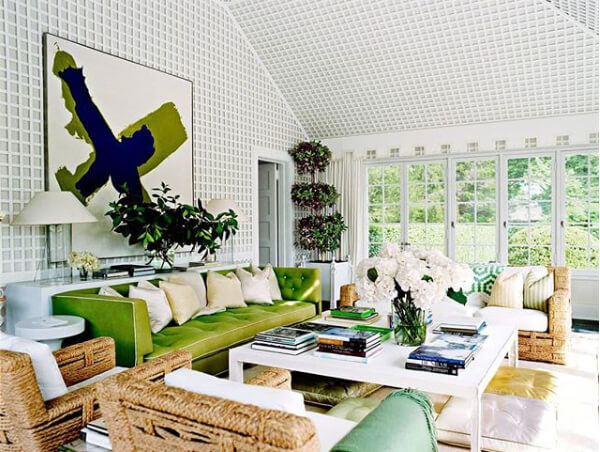
Why choose eco-friendly and sustainable interior design?
There are countless reasons to embrace eco-friendly and sustainable interior design. Here are just a few:
Reduce your environmental impact: By choosing sustainable materials and products, you can help conserve natural resources, reduce waste, and minimize your carbon footprint.
Create a healthier home: Many conventional building materials and furnishings contain harmful chemicals that can off-gas into your home’s air. By opting for eco-friendly alternatives, you can improve your indoor air quality and create a healthier living space for you and your family.
Save money in the long run: While some eco-friendly products may have a higher upfront cost, they often pay for themselves over time through energy savings and durability.
Support ethical and responsible businesses: When you choose products from companies committed to sustainability and fair labor practices, you’re voting with your dollars for a better world.
How to incorporate eco-friendly and sustainable design into your home
Now that we’ve covered the why let’s dive into the how. Here are some practical tips for incorporating eco-friendly and sustainable design into your home
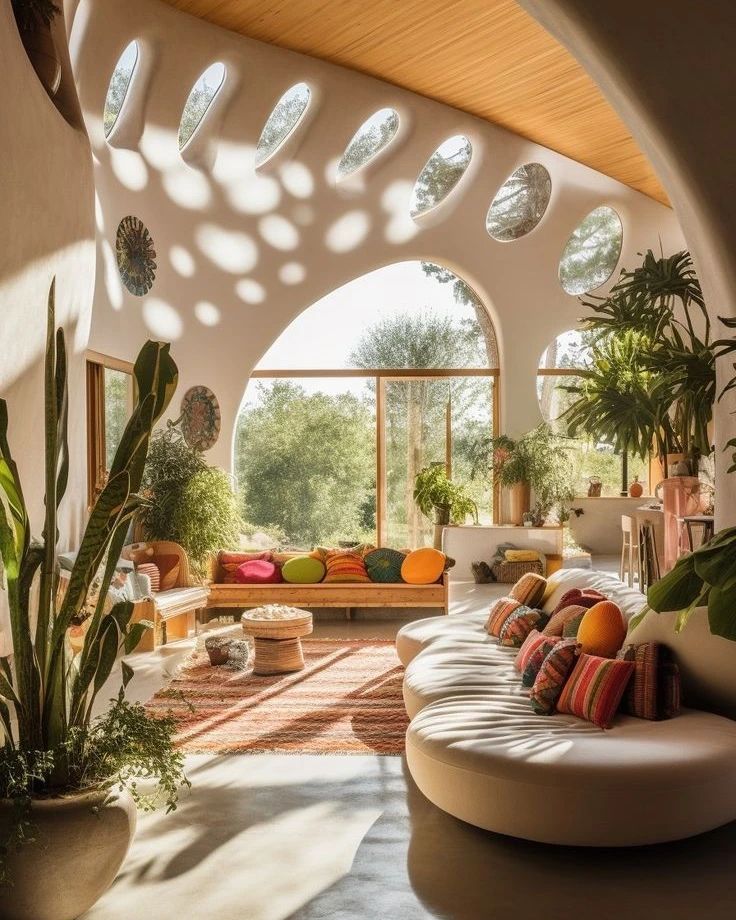
Choose sustainable materials
When selecting materials for your home, look for options that are renewable, biodegradable, or recycled. Some great choices include:
Bamboo: This fast-growing grass is a sustainable alternative to hardwood flooring and can also be used for furniture and decor.
Cork: Harvested from the bark of cork oak trees, this material is renewable, biodegradable, and naturally antimicrobial, making it a great choice for flooring and wall coverings.
Reclaimed wood: Using reclaimed wood for flooring, furniture, and accents gives new life to old materials and reduces demand for virgin timber.
Organic fabrics: Look for textiles made from organic cotton, linen, or wool, which are grown without harmful pesticides and chemicals.
When I renovated my own home, I chose bamboo flooring for the living room and reclaimed wood shelves for the kitchen. Not only do these materials look beautiful, but I feel good knowing they have a lower environmental impact than conventional options.
Invest in energy-efficient appliances and lighting
Replacing old appliances and lighting with energy-efficient models can significantly reduce your home’s energy consumption and carbon footprint. Look for products with the ENERGY STAR label, which meets strict energy efficiency guidelines set by the U.S. Environmental Protection Agency.
LED light bulbs are another great choice, as they use up to 90% less energy than traditional incandescent bulbs and can last up to 25 times longer. When I switched to LED bulbs throughout my home, I noticed an immediate drop in my energy bills.
Opt for low-VOC or zero-VOC paints and finishes
Conventional paints and finishes can off-gas volatile organic compounds (VOCs) into your home’s air, contributing to indoor air pollution. When choosing paints, stains, and finishes, look for products labeled as low-VOC or zero-VOC, which emit fewer harmful chemicals.
I learned this lesson the hard way when I painted my bedroom with conventional paint and woke up with a terrible headache the next morning. Since then, I’ve always opted for low-VOC or zero-VOC products, and I’ve noticed a significant improvement in my indoor air quality.
Bring in natural elements
Incorporating natural elements like plants, stone, and wood into your home not only looks beautiful but can also improve your indoor air quality and create a calming, grounding atmosphere. Some of my favorite ways to bring nature inside include:
Houseplants: Not only do plants add visual interest to a space, but they also help purify the air by absorbing toxins and releasing oxygen. Some of the best air-purifying plants include snake plants, spider plants, and peace lilies.
Natural stone: Using natural stone like granite, marble, or slate for countertops, flooring, or accents adds texture and visual interest while bringing in a touch of the outdoors.
Wood accents: Incorporating wood elements like exposed beams, wood shelving, or a live-edge dining table adds warmth and natural beauty to a space.

Choose furniture and decor made from sustainable materials
When shopping for furniture and decor, look for pieces made from sustainable materials like bamboo, reclaimed wood, or recycled metal. You can also opt for vintage or secondhand pieces, which reduces demand for new resources and keeps perfectly good items out of landfills.
One of my favorite ways to incorporate sustainable decor is by repurposing items I already have. For example, I recently turned an old wooden ladder into a unique bookshelf by adding some reclaimed wood planks. Not only did I save money, but I also created a one-of-a-kind piece that tells a story.
Embrace natural light and ventilation
Maximizing natural light and ventilation in your home not only reduces your reliance on artificial lighting and air conditioning but also creates a healthier, more comfortable living space. Some ways to embrace natural light and ventilation include:
- Installing large windows or skylights to let in plenty of natural light
- Using sheer curtains or adjustable blinds to control light and privacy
- Placing mirrors strategically to reflect light and make spaces feel brighter and more open
- Opening windows on opposite sides of your home to create cross ventilation and naturally
regulate temperature
In my own home, I’ve made a point of keeping windows unobstructed and using light, airy curtains to let in as much natural light as possible. Not only does this reduce my energy bills, but it also makes my space feel more inviting and connected to the outdoors.
Invest in quality, timeless pieces
One of the most sustainable choices you can make in interior design is investing in quality, timeless pieces that will stand the test of time. While it may be tempting to opt for cheap, trendy items, these often end up in landfills after just a few years.
Instead, choose well-made, classic pieces that you’ll love for years to come. Not only will this save you money in the long run, but it also reduces waste and supports companies that prioritize quality and durability.
When furnishing my own home, I’ve made a point of investing in a few key pieces, like a solid wood dining table and a high-quality sofa, that I know will last for decades. I then supplement these with more affordable, eco-friendly accents like organic cotton throw pillows and reclaimed
wood shelving.
The benefits of eco-friendly and sustainable interior design
Embracing eco-friendly and sustainable interior design not only benefits the planet but also creates a healthier, more comfortable living space for you and your family. By choosing sustainable materials, investing in energy-efficient appliances, and embracing natural elements, you can create a home that’s both beautiful and kind to the environment.
But the benefits don’t stop there. Many of my clients have reported feeling a deeper sense of connection to their homes and a greater sense of well-being after incorporating eco-friendly and sustainable design principles. There’s something deeply satisfying about knowing that your home is not only beautiful but also aligned with your values.
Final thoughts
Creating an eco-friendly and sustainable home doesn’t have to be overwhelming or expensive. By making small, intentional choices and investing in quality, timeless pieces, you can create a space that’s both stylish and sustainable.
As an interior designer, I’ve seen firsthand the positive impact that eco-friendly and sustainable design can have on both people and the planet. I encourage you to start small, making one or two changes at a time, and to approach the process with curiosity and creativity.
Remember, every choice you make matters. By embracing eco-friendly and sustainable interior design, you’re not only creating a beautiful, healthy home for yourself but also contributing to a more sustainable future for all.

I am a design enthusiast that loves writing about the latest trends and style when it comes to commercial and residential interior design. I also love architecture and buildings.

